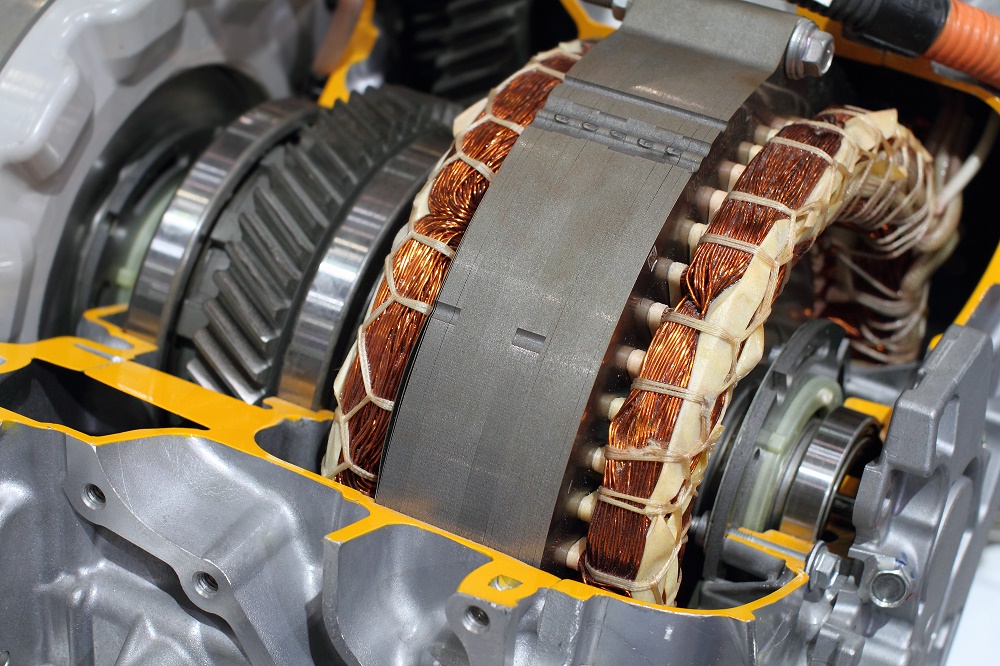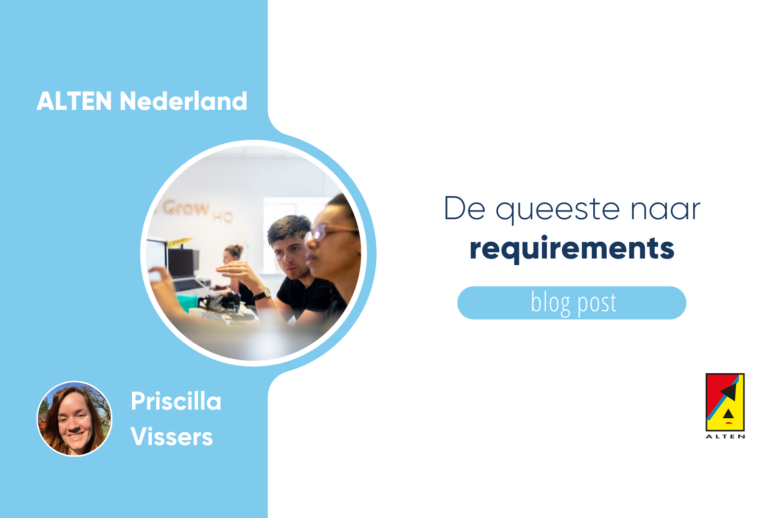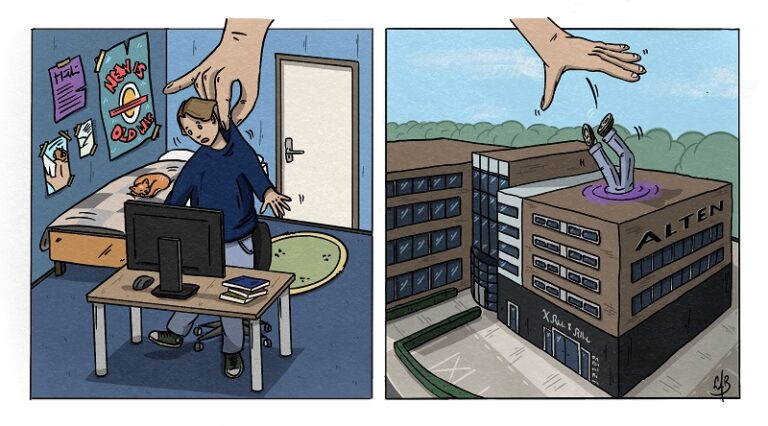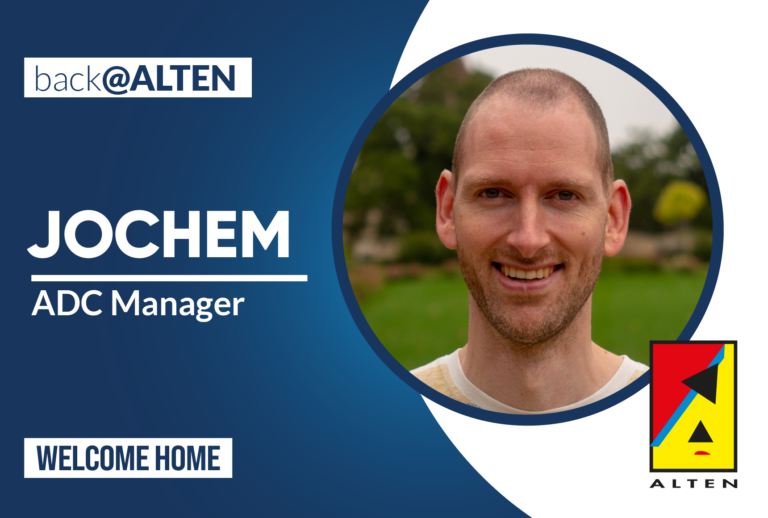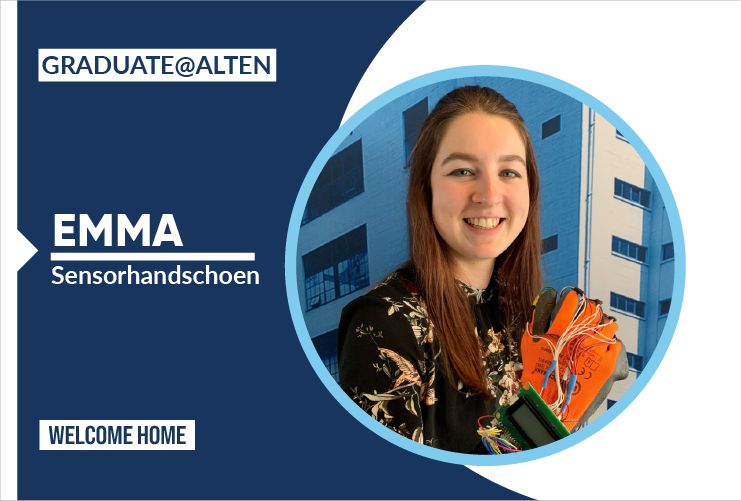Tools for electric motor design

For an electric motor designer , the availability of fast accurate and reliable simulation tools is indispensable. Such tools should be able to solve mathematical models of complex, physical phenomena. Moreover, the design of an electric motor is a multidisciplinary task that combines various aspects of electrical, mechanical, thermal, and control engineering. The tools should thus not only perform the calculations, but also provide an efficient and used-friendly coupling between the domains.
One of the commercially available tools for electric motor design is Motor-CAD, an increasingly more popular product of the company Motor Design Ltd. Originally, this software package focused on thermal analysis of electric motors. However, the popularity of the software is growing, and they have since extended the package with tools for electromagnetic analysis, drive performance evaluation, and (limited) mechanical analysis. In fact, their user-base has grown enough for them to organize their first European User Conference in February this year. Time to provide a summarizing overview of this interesting conference!
The Motor-CAD conference:
The conference itself took place on the 20th and 21st of February, in an event center in Birmingham, UK. The first day was dedicated to company presentations. Twelve companies and universities presented details on how Motor-CAD is integrated in their motor design tool chains, and highlighted some on the research and development work that they have performed. For example, Rimac presented on the electromagnetic and thermal design of their high performance electric sportscars. Also, engineers from Motor Design Ltd. provided a detailed overview of the latest and future development in the Motor-CAD software.

The second day of the conference was dedicated to workshops. The first workshop discussed electromagnetic loss calculation, focusing strongly on the methods and models incorporated in Motor-CAD for loss calculation, and how to use them. The second topics was design optimization, which provided useful tips and tricks for efficient electric motor optimization. It is also possible to couple Motor-CAD to ANSYS for more detailed mechanical analysis. The coupling between Motor-CAD and ANSYS was therefore discussed in detail in the third workshop. Finally, the fourth workshop focused on advanced thermal analysis. For example, the modeling of oil spray cooling was discussed in detail, which is currently an important emerging technology in high power density traction motor.
The future of motor design:
In contrast to conventional (industrial) electric drive design, where components such as inverter, motor and transmission are often designed separately, automotive traction motors require a much more integrated design process. Design choices for each component should be considered from a system-level point-of-view, and the influence on the performance of other components should be taken into account in the component design. It was interesting to see how companies are tackling these challenges in various ways. For example, one company applied a Design-of-Experiment (DoE) method to select a limited number of designs that represent a large design space. These designs were then analyzed using a system-level model, that was coupled to Motor-CAD for fast electromagnetic analysis. Based on the results, conclusions could then be drawn on which design choices would be preferred (e.g. single- or multi-speed transmission, inverter active component technology, etc.).
Taking it one step further, a company named Dynardo proposed a software tool for automatic generation of a so-called ‘Meta-model of Optimal Prognosis (MOP)’. Such a meta-model presents a ‘black-box’ representation of a physical model, and is created based on a limited number of evaluations of the physical model using statistical methods. For example, a MOP can be generated for a physical model that calculates motor performance in function of motor design parameters. Once the MOP is generated, it can then be used in a design optimization.
Final impression:
As a final note, it can be said that visiting the Motor-CAD conference was a pleasant experience. Most of its visitors were people with an engineering background, which provided sufficient ‘common ground’ to have some interesting conversations. Moreover, the first day ended with an informal dinner at a cozy restaurant in Birmingham. This surely provided the right ambiance for some combined social and professional networking. I am already looking forward to the next conference!
Author: Ruud Sprangers – Consultant Mechatronics



